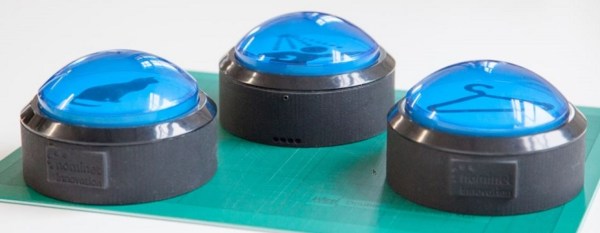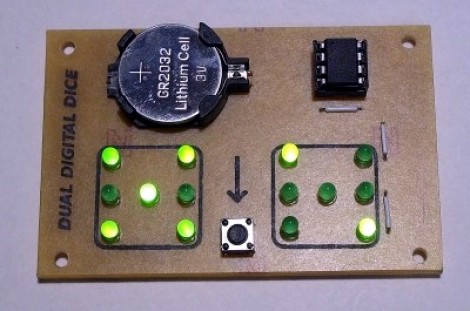Sometimes you start a project with every intention of using it in a specific way, or maybe your plan is to have a very well-defined set of features. Often, though, our projects go in a completely different direction than we might have intended. That seems to be the case with [Dave] and his Pips. These tiny devices were originally intended to be used by people with disabilities, but it turns out that they’re a perfect platform for this “Internet of Things” thing that we’ve been hearing so much about.
Built around the Bright Blue Bean microcontroller platform to take advantage of its low energy requirements, the Pips were originally intended to be placed around the house where they would light up to remind the user to perform some task. Once the button was pushed, the next Pip in the sequence would activate. While they are quite useful for people with cognitive or sensory impairments, they can also be used in a similar way to the Amazon Dash button or any other simple internet-enabled device. Especially when used in conjunction with a home automation setup, this device could be used in novel ways, such as automating your morning routine without having to add a weight sensor to your bed.
We are also pleased to see that all of the project files are available on GitHub for anyone looking to try this out. Its interesting when something that was originally intended to help out anyone with a disability finds a use somewhere else that it might not have originally been intended for. After all, though, the principle of using things in novel ways is kind of the entire basis of this community.













